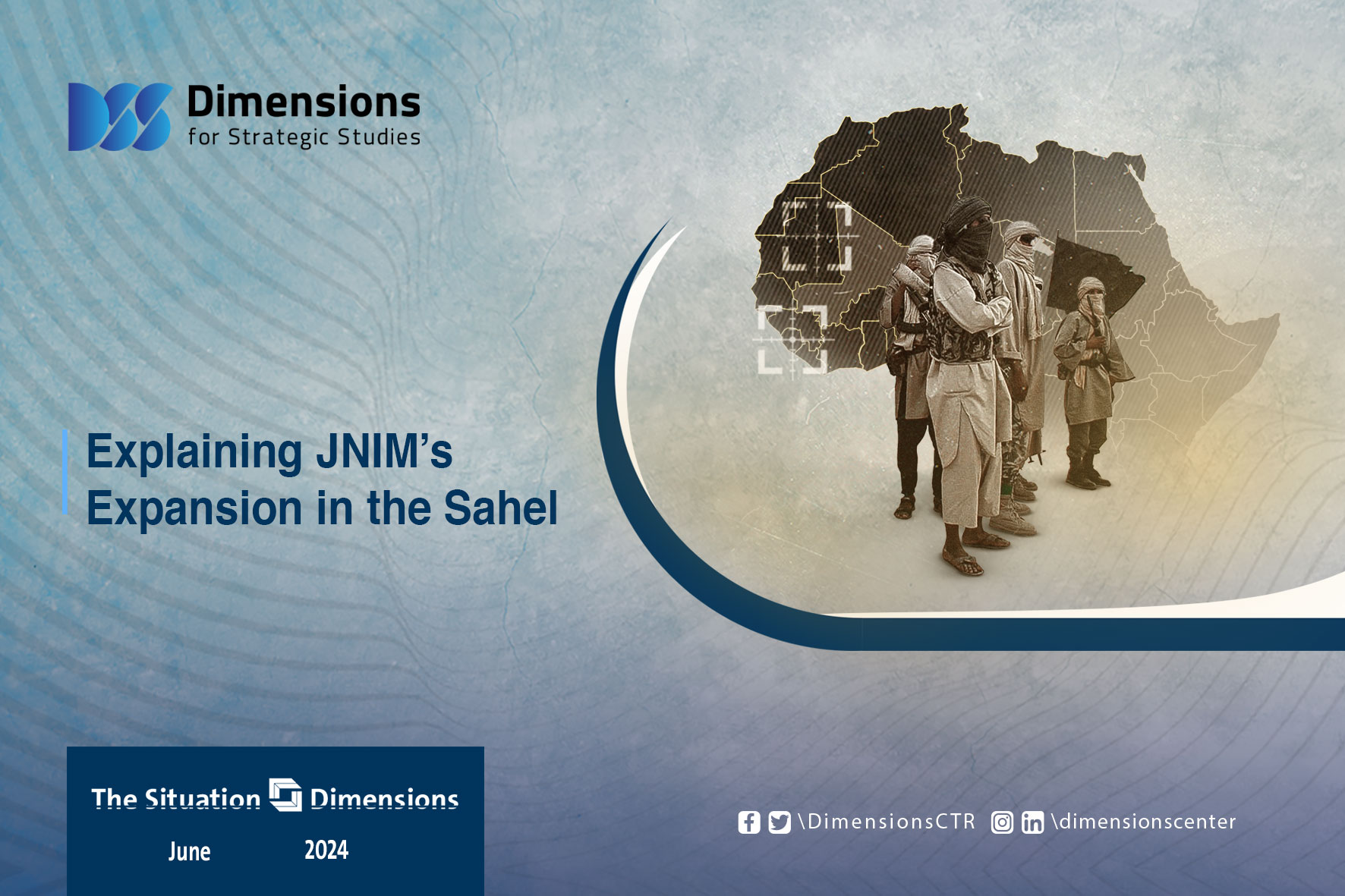
Explaining JNIM’s Expansion in the Sahel
2024-06-262410 view
Throughout April and May, the jihadist Front for the Victory of Islam and Muslims (known as JNIM) markedly stepped up its attacks across the Sahel, particularly in Burkina Faso but also Mali and Niger. This escalation coincided with the withdrawal of U.S. and French forces from Mali, Niger and elsewhere in the region, to be replaced in many areas by Russian forces.
In May, JNIM—which is affiliated to Al-Qaeda—claimed responsibility for at least 50 operations against government forces in Mali and Burkina Faso. JNIM’s rival the Islamic State in West Africa Province (ISWAP) meanwhile claimed only 27, its lowest monthly toll since October 2023. The security situation is likely to deteriorate further over the coming months, as jihadist groups launch attacks against government forces and increasingly seek open confrontations with them.
JNIM’s rivalry with ISWAP is a major factor behind the escalation. The two groups have repeatedly faced off in armed clashes since 2020. This year, they have also carried out tit-for-tat assassinations targeting each other’s senior leaders; in May, ISWAP killed Iliassou Amadou Moussa, JNIM’s Emir in the I-n-Tillit region of southeastern Mali, then in early June ISWAP commander Abdelaziz Massa was assassinated in Burkina Faso’s Soum province near the Malian border.
On top of this rivalry, JNIM’s expanded recruitment efforts have also led to more widespread clashes. The group has increased its operations in northeastern Burkina Faso and along the country’s borders with Niger and Mali, particularly in May. This followed a six-month recruitment campaign that started in late 2023 and has helped the group expand the scope of its operations. It demonstrated these new-found capacities in May with three large-scale attacks, each involving more than 100 fighters, suggesting that the group had managed to link up its bases of support in eastern Burkina Faso.
JNIM appears to have adopted this strategy of large-scale attacks against Burkinabe army bases in order to oust government forces from the region near the Nigerien border, in order to clear this area before advancing across the frontier into southwestern Niger. This would enable it to carry out more frequent and intense attacks against isolated Burkinabe and Nigerien security forces, cutting land routes between them and the larger bases able to support them, as well as laying siege to the region’s main population centers.
The region’s fragile security situation has deteriorated in recent years, with multiple military coups and as Western forces have been gradually replaced with Russia’s Wagner group and African Corps forces. These forces, alongside local ethnic militias, have carried out regular, indiscriminate attacks against the population on under the pretext of tackling jihadist groups. Such massacres have pushed many residents towards extremism, giving both JNIM and ISWAP prime recruitment opportunities. This suggests that the region is likely to become a launch pad for large-scale attacks involving hundreds of fighters in the near future.





